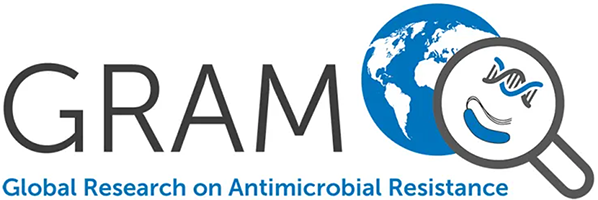Successful use of feedback to improve antibiotic prescribing and reduce Clostridium difficile infection: a controlled interrupted time series.
Fowler S., Webber A., Cooper BS., Phimister A., Price K., Carter Y., Kibbler CC., Simpson AJH., Stone SP.
OBJECTIVES: To investigate the effect of reinforcing a narrow-spectrum antibiotic policy on antibiotic prescription and Clostridium difficile infection (CDI) rates by feedback of antibiotic use to doctors, as part of a departmental audit and feedback programme. DESIGN: A prospective controlled interrupted time-series (ITS) study, with pre-defined pre- and post-intervention periods, each of 21 months. SETTING: Three acute medical wards for elderly people in a teaching hospital. PARTICIPANTS: Six thousand one hundred and twenty-nine consecutive unselected acute medical admissions aged >or=80 years. INTERVENTIONS: A 'narrow-spectrum' antibiotic policy (reinforced by an established programme of audit and feedback of antibiotic usage and CDI rates) was introduced, following an unplanned rise in amoxicillin/clavulanate (Augmentin) use. It targeted broad-spectrum antibiotics for reduction (cephalosporins and amoxicillin/clavulanate) and narrow-spectrum antibiotics for increase (benzyl penicillin, amoxicillin and trimethoprim). Changes in the use of targeted antibiotics (intervention group) were compared with those of untargeted antibiotics (control group) using segmented regression analysis. Changes in CDI rates were examined by the Poisson regression model. Methicillin-resistant Staphylococcus aureus (MRSA) acquisition rates acted as an additional control. RESULTS: There was a reduction in the use of all targeted broad-spectrum antibiotics and an increase in all targeted narrow-spectrum antibiotics, statistically significant for sudden change and/or linear trend. All other antibiotic use remained unchanged. CDI rates fell with incidence rate ratios of 0.35 (0.17, 0.73) (P=0.009). MRSA incidence did not change [0.79 (0.49, 1.28); P=0.32]. CONCLUSIONS: This is the first controlled prospective ITS study to use feedback to reinforce antibiotic policy and reduce CDI. Multicentre ITS or cluster randomized trials of this and other methods need to be undertaken to establish the most effective means of optimizing antibiotic use and reducing CDI.

